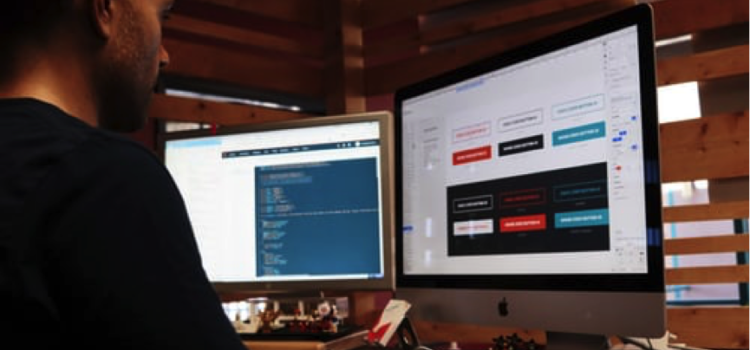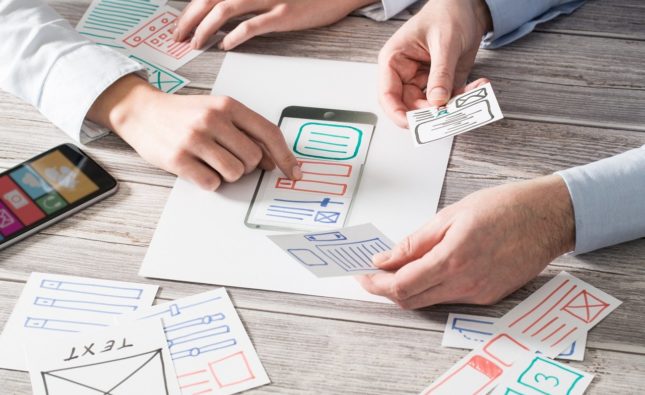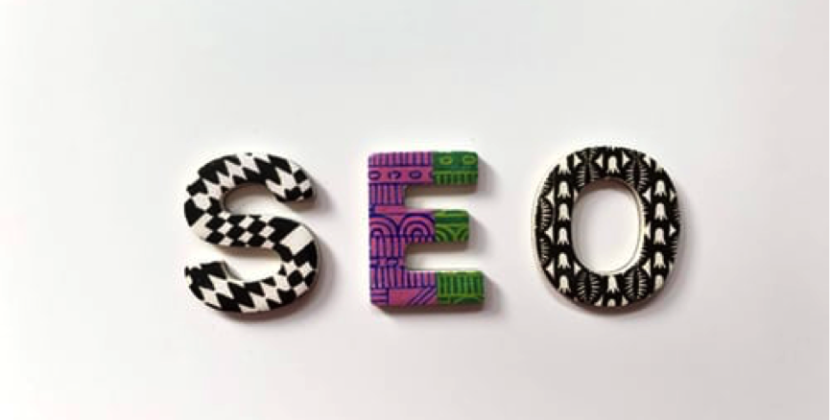What makes a difference is understanding the hows and whys of patterns’ development and selection. Since by the day’s end, patterns have a great deal to enlighten us concerning our social minute: what we cherish, what we detest, what we need to push toward. The closer we get to understanding those things, the closer we get to getting inside others’ heads — to identifying with them. What’s more, truly, to getting ourselves.
All things considered, when the workmanship students of history, style pundits, and web designers of the future think back on our present period, what they’ll see and remark on will be the chief patterns of our day. When they examine the style of the 20teens, they’ll truly be talking about what was in vogue — and what avoided the patterns.
Trends, then, are history in the making. Now, lets see what future historians would be saying about today.
- 3-dimensional illustration:
Not content with the cut-out representation style advanced by Leeway, originators are hoping to add profundity and authenticity to illustrations intended to obscure the limits between the computerized and physical universes.
It might be said, this hones the difference between advanced items and individuals, even as it unites them into fanciful spaces where individuals can get a handle on and control computerized components (like the diagrams and symbols in Pitch’s legend area). You can’t resist the urge to think about the well known statement that Facebook’s genuine interruption is the manner in which it makes us, its clients, into the item — and wonder if creators aren’t subliminally pushing against this thought.
Obviously, if that is the situation, this feels like a just steady development. These plans don’t so much allow individuals their humankind back as render them from level representations into kid’s shows.
In view of that, maybe Stripe’s considerably more practical Visa activity offers a look at a future where the physical and computerized can be rendered as such.
- Outlined type:
Like any structure driven brand, we’re huge fanatics of typography here at Webflow, so we’re generally watchful for new patterns in content (search for additional underneath!).
So when Zack got out the developing pattern in laid out sort, we bounced to perceive what the new thing in letterforms held for us. Turns out — it was unfilled.
There’s something subtle about this sort of half-there, half-gone content that promptly attracts and holds the eye, requesting that you pursue the letterforms to their common decision. Which makes it an entirely convenient strategy for some paramount marking.
In this present reality where thick sans serifs overwhelm marking, an outwardly lighter letterform surely captures a vibe of customary — however extraordinary. Which at last is the thing that any new brand needs: a feeling that it’s both progressive and reliable.
- Inclusive Designs:
Numerous lines have just been expounded on the significance of availability, however rebrand it as “Comprehensive Plan” and you have a totally different unclaimed popular expression to compose books and articles about!
In all seriousness, considering the requirements of a differing set of clients is never an awful thing, and in the event that it takes an in vogue idea to enable us to do it, I’ll take it.
Supervisor’s note: As should be obvious in the screen capture above, advocates for comprehensive plan frequently offer to how comprehensive/available structure can help brands meet business objectives. The rationale is sound, yet they shouldn’t need to.
It’s a straightforward demonstration of mankind to prepare for and suit others, and on the off chance that you incorporate comprehensive deduction with your plan procedure, the expenses are close to gradual, and can at last improve your client experience for everybody.
All things considered: we’re altogether incapacitated in some cases.
So to read more related articles on web designing keep hooked on to http://www.webdesigningstudio.com/







